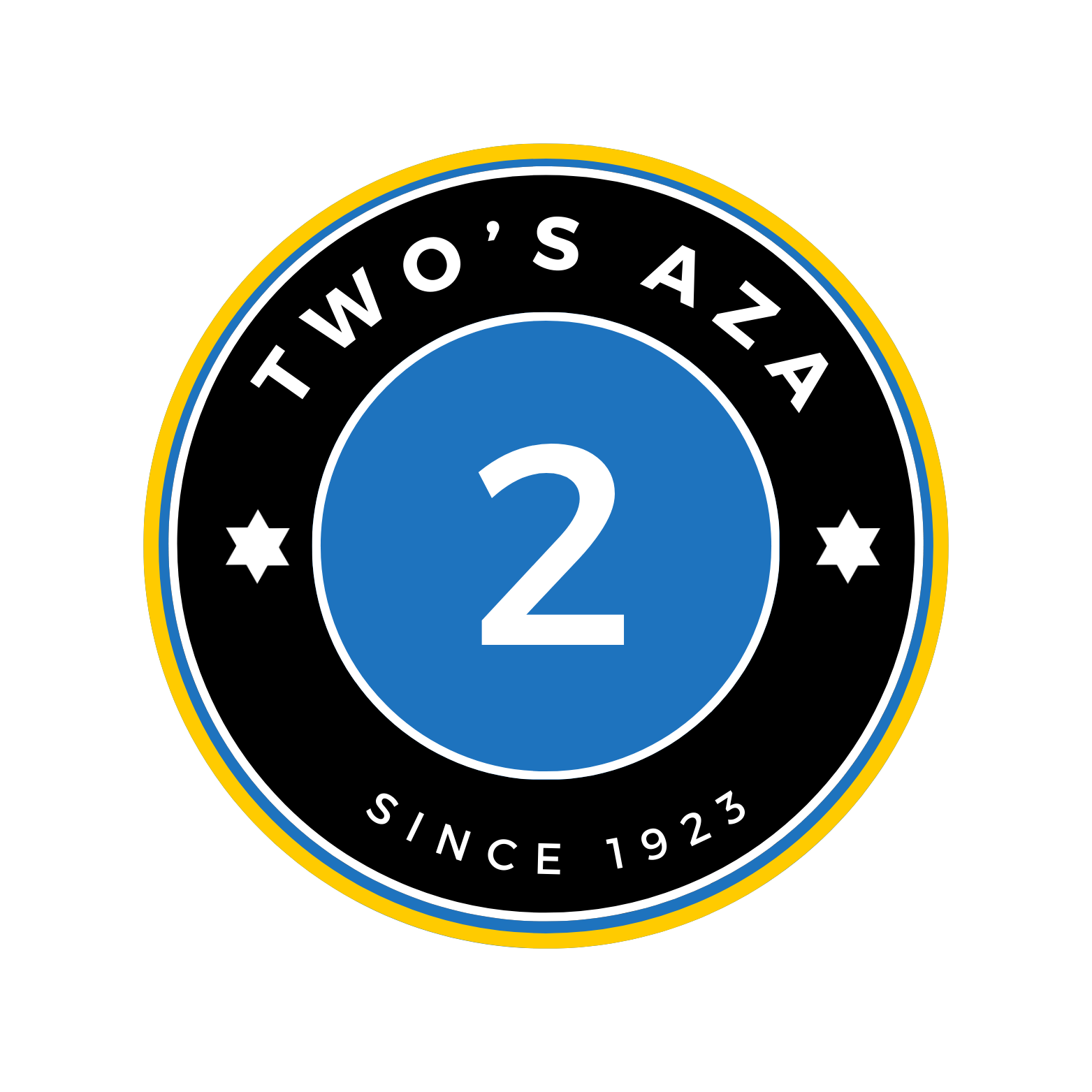

Yudell Luke
By Yudell Luke, Kansas City AZA No. 2
(This essay originally published in The Kansas City Jewish Chronicle on Aug. 7, 1936. It is a shortened reproduction of Luke’s essay which won first prize in the international contest of the AZA. Approximately 260 chapters of the order were entered in the competition.)
Exhibited prominently on the horizon of the desperate situation of European Jewry is the Zionist movement, the most positive movement in the life of the modern Jew. It has led to new conceptions within the Jewish people, defining them as a national cultural group, rather than a religious one. Zionists differ in their approach toward this, but agree that the establishment of a national home in Palestine is the most momentous and potential step to the solution of the problem of the landlessness of the Jew. The Zionist movement, built on the history of the Jew, has yielded more to its proponent than the latter will ever give to it. It has stimulated the optimism of both Jews and non-Jews.
For centuries the Jew has been wandering in Galuth (Exile), longing for an opportunity to return to Zion. Palestine, because of historic affiliations, has been chosen as the land in which Jewish exiles must seek rehabilitation.
In 70 A.C..E., with the destruction of Jerusalem, thousands of Jews were carried off to Rome in bondage or migrated into Spain and France. The Temple, having been destroyed, the Jews seemed to have reached their end. This was avoided by the creation of Talmudic literature. With the overthrow of the Roman Empire, the mass of the Jews migrated into the Germanic slates. Lt appeared in the 10th century that the position of the Jew had been so alleviated as to permit for free movement. In the 13th century anti-Semitism began to exhibit itself. In 1290, the Jews were banished from England; a century later they were expelled from France; in 1492, they were driven out of Spain; and in 1495, from Portugal. Many took refuge in Italy and in Germany, while others accepted the welcome of the Turks who had realized the futility of Jewish persecutions. The emancipation of the Jews, accomplished through the Haskalah movement, began in the 18th century and extended through the middle of the 19th century. In the interim, difficulties were arising in Russia. When the pogroms of 1882 encouraged and strengthened the anti-Semitic program in Germany and Australia, a new solution was proffered to the problem of the Jew in Europe. Three men, Hess, Pinsker and Herzl, individually developed the theory of Zionism.
***
Moses Hess, the renowned German editor and Social Democrat and a follower of Spinoza, wrote one of the most outstanding classics in Zionist literature, “Rome and Jerusalem,” in which he stated that the Jews were being destroyed not by suicide nor by others, but through lack of centralization as a national unit. He ridiculed the so-called “progressive” German Jews who wished to assimilate.
Pinsker, who was a physician in Odessa, believed for a time in the assimilation of the Jewish people; but the anti-Jewish riots that occurred at intervals between the years of 1860 and 1882 in Russia quickly transformed his opinion. The great scholar was the first to treat the problem of Jewry, not as a problem of Judaism. “Our great misfortune is that we do not form a nation – we are merely Jews.” Thus Pinsker set the stage for modern Zionism.
Prior to the Dreyfus trial, Dr. Theodor Herzl, eminent Viennese journalist, has been a Jew by birth only; his knowledge of Judaism was meager. But his reaction to the results of the Dreyfus case, convicting as it did an innocent man, made him cognizant of the fact that though the Jew had been given his political freedom, he had not been granted his proper social status. Herzl finally succeeded in assembling in 1897, the first World Zionist Congress which defined his proposals as follows: “Zionism strives to create for the Jewish people a publicly recognized, legally secured home in Palestine.”
***
The first work toward the realization of this ideal had taken place fifteen years prior to the first World Zionist Congress in the Bilu movement. The Congress suggested further effort along this line.
The leadership and teachings of Pinsker pointed out the method by which those Jews, in a desperate condition in Russia, could go to Palestine. The first Aliyah (to go forward), called the Bilu (“Beth Yacov lechu v’nelcha” – “Forward to the House of Jacon we shall go”), was organized by some youthful university men in Charkov, Russia, their purpose being to send to Palestine all who might be the victims of further Russian pogroms. In January, 1882, the students had enrolled membership of 525, each member being expected to provide transportation to Palestine for at least one individual and to prepare himself to emigrate to Palestine at immediate notice. Though actuated by ardour, the Biluim remaining in Russia declined rapidly after absorbing all too readily the financial assistance of Baron Rothschild.
The second Aliyah, the basis for all existing conditions in Palestine today, took form in 1902 for the purpose or creating agricultural· settlements in Palestine. The movement consisted of young people who had definitely decided that they themselves would participate in the actual labor. They adopted the motto that remains to this day, the motto of Jewish colonization: “Conquest of labor and the right to work.” (Kibbush Avodah). They realized that the reason that those before them failed lay in the fact that the Arabs had been allowed to do a greater portion of the necessary work. They considered an agricultural existence as the only source of new national life. To achieve their ideal, since there was an immediate need for legislation to protect the laborers, the members of the second Aliyah organized themselves into guilds. With the war a great alteration occurred. On November 2, 1917, came the Balfour Declaration and on December 1, 1917, Palestine was captured from the Turks by England.
***
The third Aliyah, an aftermath of the World War, prompted the development of the Hlstadruth Haovdim (General Federation of Jewish Labor). It is a higher stage in the growth of the Zionist movement in Palestine. Advocating equality or sexes and promoting amicable affairs between the Arabs and the Jews, the Histadruth has provided educational institution for both Jews and non-Jews in Palestine. Growing out of the need for uniting into one body all the previous institutions, it has become not only a trade union, not only a cooperative, not only an educational institution, but a combinatlon of aII of these institutions with political powers. The Jews, due to the determined efforts of the Histadruth, have succeeded in building the most important ports in the Mediterranean – Tel Aviv and Haifa. In every country the labor movement is an integral body of three branches: the cooperative, the political party, and the trade unions. The Histadruth includes not only these three but augments them. It must bring immigrants to Palestine, train them for agricultural work, and then locate points of employment for them. It is the institution that creates the practical work in Palestine, and it has developed Palestine into the great agricultural country that she is today, with social injustice as its ideal and labor organization as its method.
Zionism today needs and demands Jewish youth for the continuance of its program. A difficulty facing American youth today is that it does not comprehend the Diaspora in which it lives, considering the dispersion as a normal thing and being content with its lot. It doesn’t associate itself with its unfortunate brethren in Europe, regarding itself as a separate group.
Zionism exists of its own right, postulating a unified Jewry. Our youth must be united and directed to one goal.



